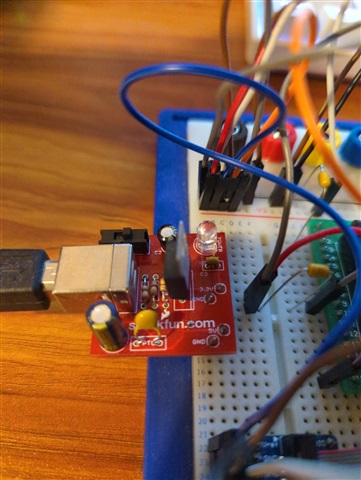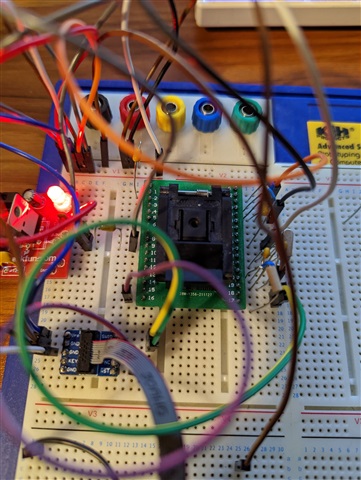I've put the recommended circuit for the nRF52810 QCAA chip together on breadboard (schematic is below) and am using a J-Link Edu Mini to program.

I created a custom board template in nRF Connect with nrf52810 QFAA (no QCAA option) and used it to build both Hello World and Blinky examples. When I try to flash either example I receive a "ERROR: Write verify failed." message which expands to:
[error]: [ nRF52] - Data does not match in address range [0x00000000-0x00007a30] (Flash)
[error]: [ nRF52] - Expected byte value 0xfe but read 0x00 at address 0x000029f0.
[error]: [ nRF52] - Flash verification failed.
[error]: [ nRF52] - Failed while verifying file c:\ncs\Applications\hello_world\build_1\zephyr\zephyr.hex.
with the log command.
I've also used an nRF52 devkit build (with the NRF52810 version selected) and received a similar message with different values:
[error]: [ nRF52] - Data does not match in address range [0x00000000-0x00008b40] (Flash)
[error]: [ nRF52] - Expected byte value 0xf0 but read 0x00 at address 0x000011e1.
[error]: [ nRF52] - Flash verification failed.
[error]: [ nRF52] - Failed while verifying file c:\ncs\Applications\hello_world\build\zephyr\zephyr.hex.
I was able to flash this build to the actual dev board hardware fine.
I've attached the log file from this devkit build.
Any help would be appreciated
Thanks




